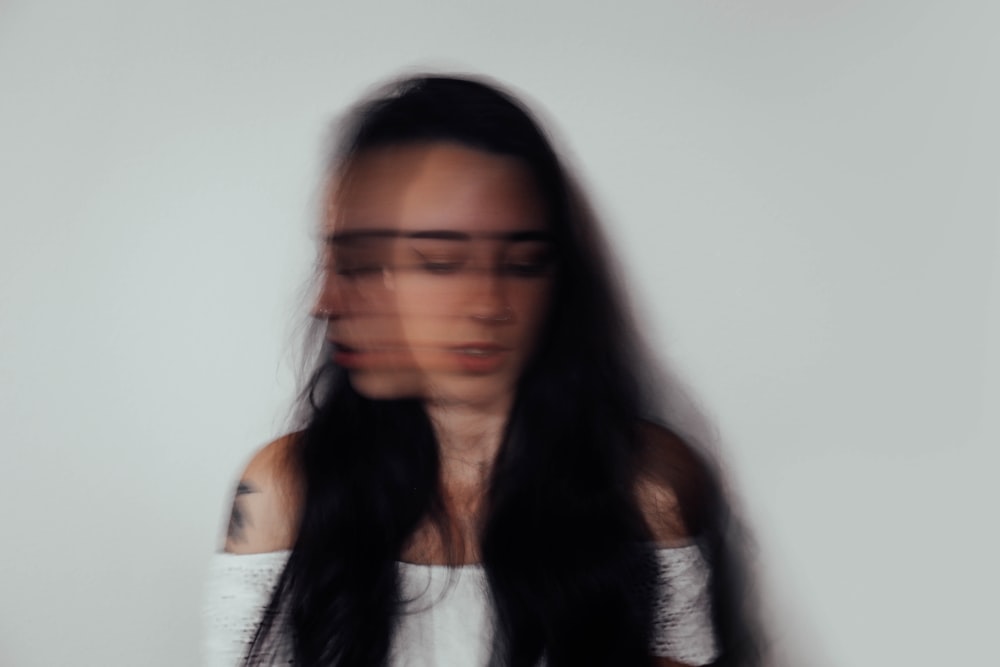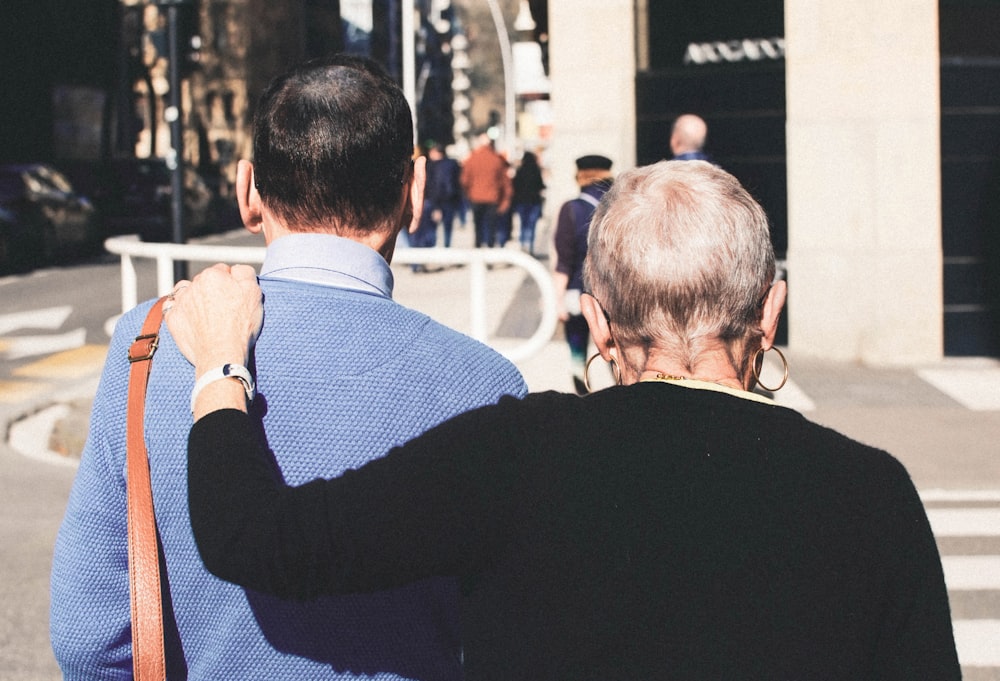
Ways to Recognize Social Anxiety Disorder
How To Recognize Social Anxiety Disorder
Do you know what it’s like to feel uncomfortable, nervous, or shy in social situations? If you are afraid to step into a room full of strangers, you probably know that you felt uncomfortable in a social situation at some point. But some people feel so much fear and anxiety that they avoid social situations altogether, and some avoid them altogether.
Most people feel shy and anxious in certain social environments, and that is perfectly normal, but for some people, it can be a little more extreme. Some people may find social situations stressful for a while, until fear sets in when others do something in public. This leads to a tendency not to go out at night, where one might be in a social situation.
Social anxiety disorder (SAD), also known as social phobia and a mental disorder so common, is characterized by social performance situations in which humiliation and embarrassment can occur. It is normal to feel fear in social situations. However normal anxiety transforms into a social one when it causes significant subjective distress and/or impairment in an individual. It often prevents people from having normal friendships, interactions, and romantic relationships and can prevent them from functioning in everyday life such as work and school.
Psychologists have categorized two types of anxiety.
- Trait Anxiety
- State Anxiety
While social anxiety is often confused with shyness, there is much more to anxiety disorders than shyness. Today I will answer what a social anxiety disorder is and what ways you can help deal with these problems every day.
There are physical symptoms associated with social anxiety disorder, and these symptoms vary in intensity and severity. This article provides a brief overview of social anxiety disorder, including symptoms, diagnosis, as well as a list of treatment options.
Symptoms
The common anxiety symptoms can be divided into two main categories.
- Physical Symptoms
Tremors, Restlessness, Muscle Twitches, Fearful facial expressions, Palpitations, Tachycardia, Sweating, Flushes, Dyspnoea, Hyperventilation, Constriction in the chest, Dry mouth, Dizziness, Diarrhea, Mydriasis
- Psychological symptoms
Poor Concentration, Hyper Arousal, Derealisation, Fearfulness, inability to relax, Irritability, Feeling of impending doom, Insomnia, Increased sensitivity to noise, Exaggerated startle response
Many people with social phobia do everything they can to avoid social situations because they are afraid of their actions being viewed by others critically, resulting in embarrassment or humiliation.
In some people, the physical symptoms can become so severe that they escalate into outright panic attacks. Unlike panic disorders, however, people with SAD are known to panic from social performance situations such as social media posts and social events.
People with SAD are afraid of certain social situations because they are afraid of negative judgment, embarrassment, or rejection. They have both distorted self-images and negative self-images. They may feel anxious, blushing, or shaking, or they may think themselves clumsy or unintelligent. If the anxiety is intense, it affects their work or private life and lasts for at least 6 months. SAD may also refer to a condition where anxiety is not common when you are making a presentation or going on a date.
People with the condition are also troubled by negative thoughts and self-doubt when it comes to situations related to social achievement. The intense fear of judgment and rejection in social situations makes the affected person fear to appear socially anxious, which increases their symptoms. Those who suffer from social anxiety disorder are judged daily and judged negatively.
Most people suffering from this disorder depend on avoidance to manage their fears and anxieties. As long as they find ways to limit their lives within the limitations imposed by the phobias, they experience little, if any anxiety. When they are forced to face phobic situations, anxiety mounts leading them to seek treatment.
If you think you have social anxiety, the most effective thing to do is to help you cope with it, seek professional help. Sufferers of social anxiety have negative thoughts and beliefs that contribute to their anxiety and anxiety. Challenging these negative thoughts is an effective way to reduce the symptoms of social anxiety.
Treatment
People who tend to avoid social situations because of unhelpful thought patterns that make them more anxious can benefit from behavioral therapy, which provides helpful ways to change these habits and patterns. This kind of therapy is usually successful. Some of these techniques are –
– Flooding
– Systematic desensitization
– Exposure and Response Prevention
– Relaxation Techniques
There are also drug treatments available for severe cases.
Benzodiazepines
Benzodiazepines are useful in reducing anticipatory anxiety. Alprazolam is stated to have anti-phobic, anti-panic and anti-anxiety properties. So, it is the drug of choice when benzodiazepines are used. The other drugs include clonazepam and diazepam.
Antidepressants
Among the antidepressants, SSRIs are currently the drug of choice, paroxetine being the most widely used. Others, such as fluoxetine and sertraline are also effective.
People with social anxiety may find it particularly difficult to seek help because they have to interact with someone in a social situation with a mentally ill person. But it is important to remember that mental health professionals understand what you are worried about and how to talk to you.
In a way, social anxiety disorder goes beyond everyday shyness and can be extremely debilitating. Almost everything that involves social interaction is extremely stressful for someone with social anxiety. If severe anxiety begins to affect your daily social life and you no longer participate in social events you used to enjoy, you may suffer from social phobia. Many people with social anxiety also have other mental health issues, such as depression, generalized anxiety disorder, or panic disorder.
Support
Here’s a short and sweet list of what you can say to support and help your peers suffering from SAD –
– “You seem really anxious. What can I do to help? ”
– ” It’s okay if you’re not ready yet, I respect you.”
– ” I will go with you if it’s too scary.”
– ” Describe what you’re feeling, I am listening.”-
– “You did so well. I am proud of you for trying.”
– “It’s not your fault and I completely understand.”
Lastly, sharing a warning coming from our professor on the first day of college; Never self-diagnose yourself. You may feel that you check all the boxes of symptoms and hence may feel the need to check the boxes of treatment. But you should always refrain from doing so. Always ask for help from the professionals.
Did this article help you? Let us know in the comments section. For more such articles, click here!





Recent Comments